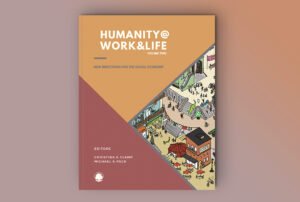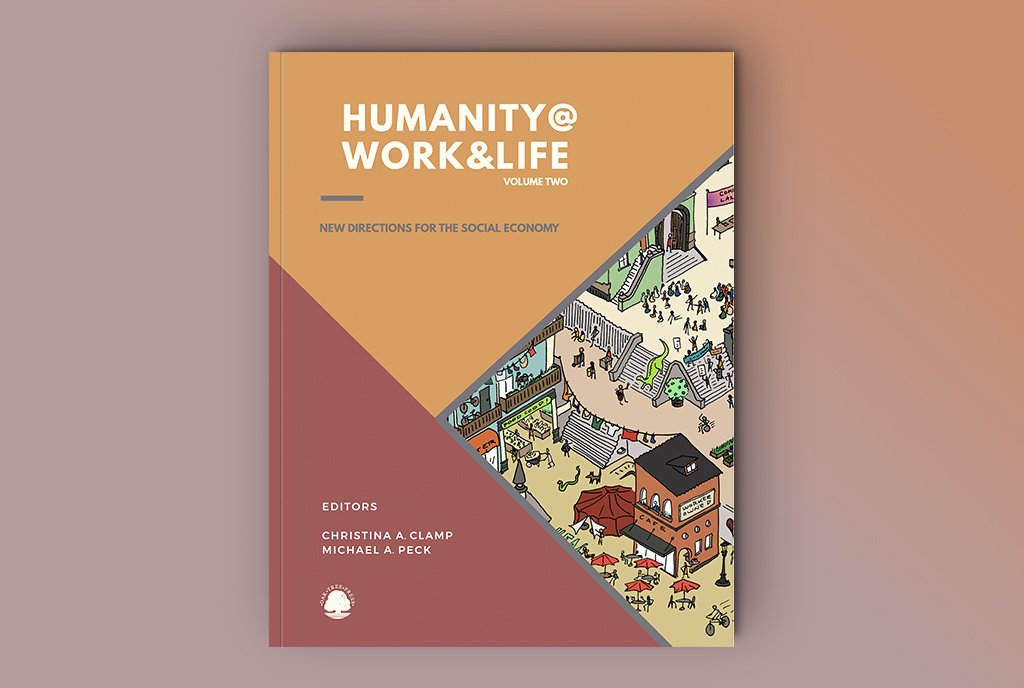
As I waited on hold for my insurance company, Progressive, I watched images of house siding flying across the TV screen. Thousands of miles away, Hurricane Helene was taking homes apart.
At least insurance companies give you advance notice before they hit you with a catastrophe, unlike many of the emergency alert systems during the hurricane, which failed or were not activated, giving those in the disaster’s path little to no warning.
Very few homes necessitate flood insurance that far from the ocean. Or so we thought before Hurricane Helene.
Progressive had called me a couple of weeks before and left a voicemail—they wanted to discuss my policy and to help me look at my options. I wrote it down and vowed to reach out to them before my homeowners’ insurance would be renewed.
My least favorite chore is calling anyone, let alone insurance companies, but I do it a lot. Safeco once threatened to cancel the insurance on my daughter’s house in Tucson, AZ, if we didn’t attend to the brick and mortar issues with the roof. The problem was there was no brick or mortar on that roof. It’s metal. I sent them pictures of the metal roof. They sent a cancelation notice.
I called. The agent said, “Oh, we meant the flanges.” Five hundred dollars later, all the flanges—places where vents and fans attach to the roof—were flattened and painted.
On hold, I scrolled through pictures of Helene’s devastation. It wrecked North Carolina towns like Chimney Rock and Asheville—a two-hour drive inland. Very few homes necessitate flood insurance that far from the ocean. Or so we thought before Hurricane Helene.
An Unbelievable Number
On the phone, I was finally connected to a real human, a Progressive employee named Aquila. I explained, “I was asked to call to discuss my premium. I assume it’s increasing?”
Aquila asked all the identifying questions, including some leading ones, like do we have smoke detectors? Yes. Do we have a fire extinguisher? Yes.
I heard her clackety-clack on her keyboard. Then she said, “Oh yes. Your premium will increase. Last year, your premium was $2,625. On November 1, it will rise to $5,336.”
I texted my husband. He sent back a single word, starting with F and ending with K.
“What happened to make it go up so much?” I asked. We had never made a claim on our home insurance. When we first moved to Flagstaff, AZ, our insurance was $780 a year. How could it have increased eightfold in 12 years?
The response? “Your area has been reclassified because of wildfire risk.”
Reclassified
I had heard about this. I knew people in California had their insurance canceled because of the potential for wildfire. In the northern part of Arizona, where we live in the largest ponderosa forest in the contiguous United States, we, like others in the West, have become familiar with the “Ready. Set. Go!” language of evacuation status. The program, from the International Fire Chiefs Association, attempts to teach residents in high-risk areas how to prepare themselves for a climate emergency.
My sister and brother-in-law were on “set” status a month ago to evacuate their home in Boise, ID. We’ve been on “ready” status twice here in Flagstaff. A community even more wooded than Flagstaff had been told to “Go” when the Slide fire crept up Oak Creek Canyon and threatened to jump the fire line.
But clearly our familiar level of wildfire risk—of any climate event—had changed. I was watching it in unfold in western North Carolina while I dealt with the repercussions of this new reality 2,000 miles away. I told Aquila on the phone, “That’s double our insurance now. How can we afford this? How can anyone afford this?”
Sign up for our free newsletters
Subscribe to NPQ's newsletters to have our top stories delivered directly to your inbox.
By signing up, you agree to our privacy policy and terms of use, and to receive messages from NPQ and our partners.
I’m put back on hold, as a manager is located. Time for more doom scrolling. The small town of Chimney Rock, NC once had a road that must have been Main Street. Now, photos show a gulley five feet below where storefronts stretch out over an abyss. An entire gallery full of art, art supplies, and book projects had been swallowed by the river rise in Asheville. In the pictures there are piles of sticks, two-by-fours, bridges, siding floating on top of these new inland seas.
Should we move? Where could we go?
The manager picked up. He said he would see what he could do but then confirmed the worst. “Your home has been determined to be in a higher risk area.”
“But,” I interjected, knowing what I was about to say could have no bearing on what the manager could do. “Arizona is known for mitigating wildfire risk. Forest managers set prescribed burns all around Flagstaff to keep fires from raging out of control. We keep a defensive barrier around our house.”
I didn’t want to go into how many bags of pine needles we scrape up every spring and fall. I didn’t want to overstate what I knew he knew. If a wildfire came up and over that ledge, a barrier of needle-free dirt probably wasn’t going to protect us.
“I just don’t know how people are going to afford this.”
“I understand,” he said. “You know, there are some people who can’t even get insurance.”
“What is going to happen?” I asked. I talked about the companies that caused these problems, that knew burning fossil fuels would create these conditions years ago, and how they continue to rake in profits hand over fist, while we were supposed to pay for them.
“I really am sorry, ma’am,” the manager said.
It was hard to feel too sorry for myself as people in Florida and North Carolina were posting things like, “No power still. Last of my phone battery. Will get word when I can”; or sharing devastating stories of people missing and lives lost.
But I did wonder what we in Arizona were going to do. Could we find an extra $250 a month to cover the new premium? Should we move? Where could we go?
Areas can be reclassified at any time, it seems, to account for any climate disaster, anywhere.
A Never-Ending Increase
We didn’t move. I called a local State Farm agent, and they assured me we weren’t permanently ruined. At least not yet. If I bundled our cars, our home, and our college daughter’s Tucson house insurance, the cost of all three together wouldn’t meet the cost of the single $5,336 premium. I spent the next day downloading mortgage clauses, taking photos of our house, recording our odometers, and uploading our daughter’s college transcript, which cost money in the way time is money.
But while I’m grateful for another insurer to come to the rescue, I worry their willingness to insure us is just a placeholder. Or a time holder. Areas can be reclassified at any time, it seems, to account for any climate disaster, anywhere. The rates will go up and up. There’s nothing to stop them.
But as the crises of climate change increase in frequency, severity, and cost, at some point, insurance companies will not be able to insure their profits. And then it seems our homes—the places where we raise our families, the places where we’re supposed to be safe—are just pieces of wood waiting for water or fire.











